Japanese Spitz: Dog Breed Characteristics & Care
The Japanese spitz is a small companion breed developed in Japan with a white, fluffy coat. Spitz breeds, also called Northern breeds, are a type of dog commonly found in cold and snowy regions. Like most spitz breeds, the Japanese spitz has a thick double coat, a wedge-shaped head, upright triangular ears, and a long tail that curls up and over the back.
The friendly and fun-loving Japanese spitz is the consummate family dog. Cheerful, quiet, and clean, they are ideal house dogs, which is a good thing because there is nothing they want more than to be with their families. The Japanese spitz’s small size and moderate energy level make them an ideal apartment dog. Most Japanese spitz get along great with other dogs, cats, and respectful children.
Learn all about the Japanese spitz, including their history and care needs.
Breed Overview
Group: Non-Sporting
Weight: 10 to 25 pounds
Height: 12 to 15 inches
Coat: Straight and stand-off outer coat with a short, soft, dense undercoat
Coat Color: Pure white
Lifespan: 12 to 14 years
Temperament: Playful
Hypoallergenic: No
Origin: Japan
Characteristics of the Japanese Spitz
The Japanese spitz resembles other dogs, such as the Pomeranian, the German spitz, and the American Eskimo dog.
Japanese spitz are happy, little dogs that make wonderful companions, especially for your kids! They can be trained to live well with other dogs and cats. They have a gentle temperament, are easy to train, and are perfectly content in a smaller home or apartment.
These fluffy friends are smart and a great deal of fun. However, they are prone to separation anxiety, and may bark when alone or excited.
Please note: these small dogs have a louder bark than you'd imagine, so don't be startled when you hear it.
| Affection Level | High |
| Friendliness | High |
| Kid-Friendly | High |
| Pet-Friendly | High |
| Exercise Needs | Medium |
| Playfulness | High |
| Energy Level | Medium |
| Trainability | High |
| Intelligence | High |
| Tendency to Bark | Medium |
| Amount of Shedding | Medium |
History of the Japanese Spitz
The Japanese spitz was developed in Japan in the 1920s and 1930s by crossbreeding other spitz-type dogs that were imported from various locations, including Australia, Canada, China, Siberia, and the United States. After several decades of crossbreeding the various spitz breeds, a small, fluffy, white spitz breed was recognized in 1948 and called the Japanese spitz.
Although records of the specific Japanese spitz breeding program were kept, they were destroyed during World War II, so the exact details are unknown. The breeds thought to be used for the development of the Japanese spitz include white German spitz, klein wolfsspitz (also known as the Keeshond), and various miscellaneous white spitz-type breeds.
In the United States, the Japanese spitz is recognized by the United Kennel Club, where it is part of the Northern Breeds group. The Japanese spitz is also part of the Foundation Stock Service in the American Kennel Club, which is the first step toward eventual full recognition. The breed is also recognized by the Canadian Kennel Club (Non-Sporting Dogs group), the Japan Kennel Club, and the international kennel club Fédération Cynologique International.
Japanese Spitz Care
The Japanese spitz’s thick, fluffy, luxurious white coat is surprisingly easy to care for. No trimming is required and the dog tends to look and feel clean with only occasional baths, as the hair naturally repels dirt.
Exercise
Although Japanese spitz have plenty of energy, they don’t need huge amounts of exercise—30 to 60 minutes daily should be enough.
A Japanese spitz enjoys daily walks, so couple these with some play sessions in the backyard, and your dog will be happy. For instance, they can play fetch, learn to do tricks, and keep themselves busy with various toys.
If you live in an apartment, it’s especially important to get your Japanese spitz out of the house for walks and exploration. The Japanese spitz's small size makes them very portable, and they love to accompany their people on excursions outside the house.
Grooming
Twice a year, the Japanese spitz experiences a seasonal heavy shed, losing much of their undercoat over the course of a few weeks. Often called blowing coat, some extra brushing is needed during this time to cut down on how much hair ends up on your furniture and clothing. However, the rest of the year, the Japanese spitz sheds less than you might think and requires only weekly brushing.
Keep their nails short by trimming them weekly or every other week. Inspect your Japanese spitz’s ears weekly and clean with a pet ear cleaner when they look dirty. It is also good to pay attention to dental hygiene and brush your dog's teeth two to three times per week.
Training
The Japanese spitz is very smart, and this breed wants to please, so they can be easy to train as long as you find the right motivation. Some Japanese spitz might do anything for a tasty treat; others might be more motivated by their favorite toy.
These dogs can be trained to do tricks, and they enjoy this. They can also be trained in dog sports like agility and rally. Keep training sessions short and sweet, always ending on a positive note.
It’s important to start socializing your spitz early in puppyhood to avoid excessive shyness and nervousness about new people, places, and things. Although they are small, resist the urge to baby your dog and carry them everywhere—let them walk on their own four paws and experience the world up close and personal. This will allow your spitz to develop the confidence needed to be a well-adjusted adult dog.
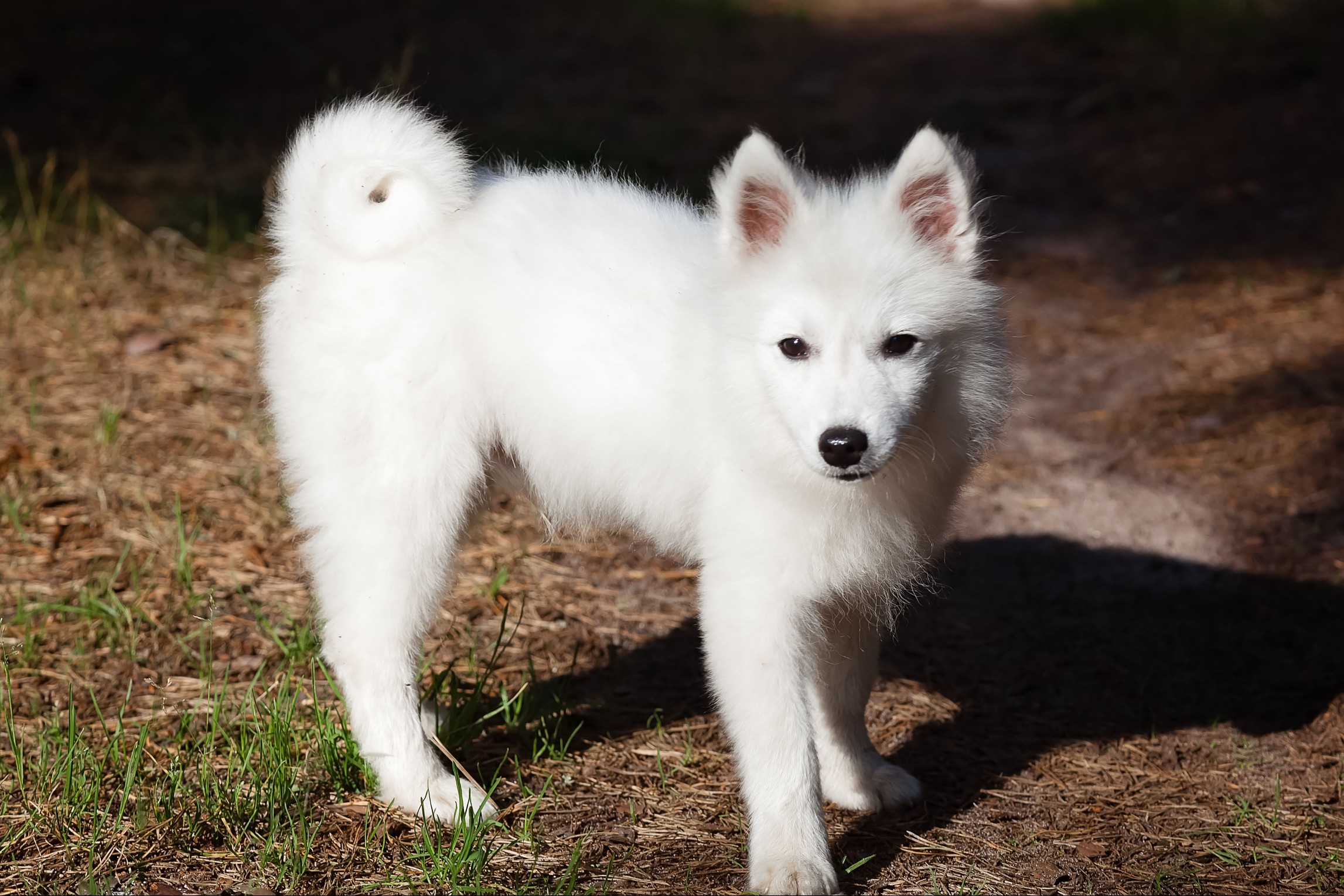
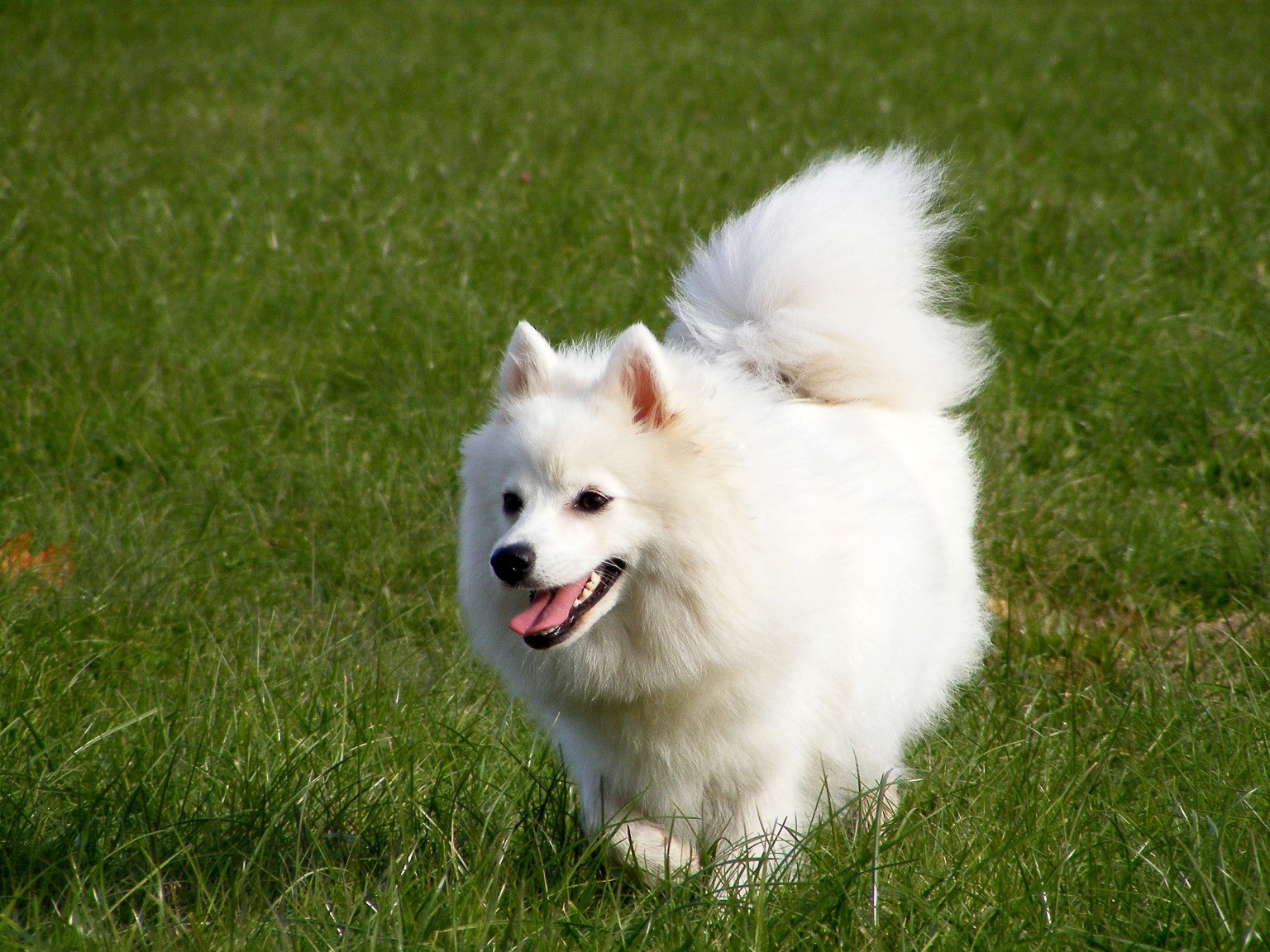
Common Health Problems
The Japanese spitz is an extremely healthy breed with a long lifespan averaging 12 to 14 years. Reputable breeders have their adult Japanese spitz evaluated for conditions like the following to avoid passing them on to puppies:
- Luxating patellas: This condition causes the kneecap to slip out of place. It is known to occasionally appear in the breed.
- Muscular dystrophy: This condition affects dogs from a young age, and it progresses over time. It affects a dog’s ability to move and eat properly.
- Factor VII deficiency: This is a bleeding disorder. It can cause a dog to bruise easily and have prolonged bleeding.
- Dental disease: Have your dog’s mouth evaluated by a vet regularly to look for issues with the teeth and gums. Brushing your dog’s teeth at home may help prevent problems.
Diet and Nutrition
Feed your Japanese spitz a high-quality dog food (ask your breeder or veterinarian for a recommendation) and be sure to portion out meals with a measuring cup or scale to avoid overfeeding.
Free-feeding (leaving food out all day) can lead to weight gain; feeding scheduled meals twice a day is healthier. Being overweight can exacerbate your spitz's joint issues, and lead to other health problems like diabetes.

Where to Adopt or Buy a Japanese Spitz
The Japanese spitz is a rare breed in North America, and these dogs can cost as much as $2,500. Some adults might find their way into rescue, but usually, people wanting to bring home a Japanese spitz will be buying a puppy from a reputable breeder.
The Japanese Spitz Club of USA publishes a directory of breeders on its website. Be prepared to get on a waiting list, as there aren't many Japanese spitz breeders in North America.
Dog Breed Overview
The Japanese spitz is a super cute little dog that will thoroughly enjoy spending loads of time with you. Like all dogs, they require proper training and socialization, but they aren’t hard to care for when it comes to their grooming and exercise needs.
Pros of the Japanese Spitz
- Good apartment dog
- Clean, easy-care coat
- Friendly with people and pets
Cons of the Japanese Spitz
- May be wary of strangers
- Some may be problem barkers
- Doesn’t do well alone
More Dog Breeds and Further Research
If you like the Japanese spitz, you might also like these breeds:
- American Eskimo Dog
- Pomeranian
- Samoyed
Otherwise, check out all of our other dog breed articles to help you find the perfect dog for you and your family.
- How expensive is a Japanese spitz?
Japanese spitz are expensive, typically priced at $1,000 or more. Some breeders might even charge as much as $2,500.
Are Japanese spitz high maintenance?Japanese spitz dogs are low maintenance. They require more brushing during shedding seasons, but otherwise have easy grooming needs.
Do Japanese spitz bark a lot?Japanese spitz don’t have a high tendency to bark. However, they may bark loudly if they are left alone for too long.
RECOMMENDED NEWS

Why Almost Any Dog Can Do Agility Training
What’s the first thing that comes to mind when you picture a dog doing agility training...

Reasons for Possessive Aggression in Dogs and How to Stop It
Possessive aggression in dogs is a serious problem for dog owners and a common reason tha...

Can Dogs Eat Cheese?
Many dog trainers tout the power of special food rewards when training our four-legged fr...

Puppy Vaginitis: Signs, Causes and Treatment
Puppy vaginitis, also called juvenile vaginitis, is the inflammation of the vagina i...

Kennel Cough in Dogs: Bordetella and Other Causes
Kennel cough in dogs is a common and highly contagious upper respiratory infection often ...

Silky Terrier: Dog Breed Characteristics & Care
The silky terrier is a small toy dog breed from Australia with a long, shiny coat from wh...
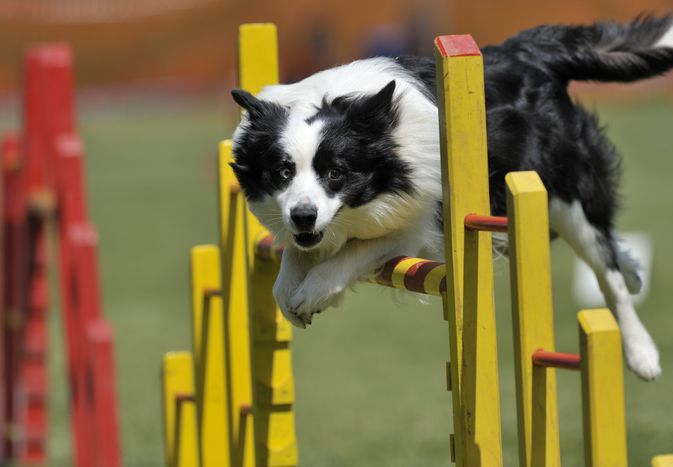


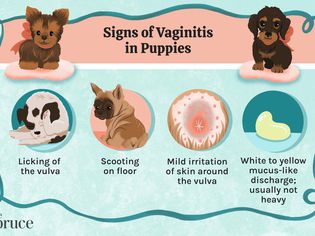

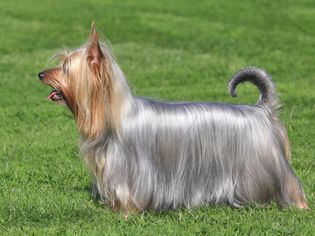
Comments on "Japanese Spitz: Dog Breed Characteristics & Care" :